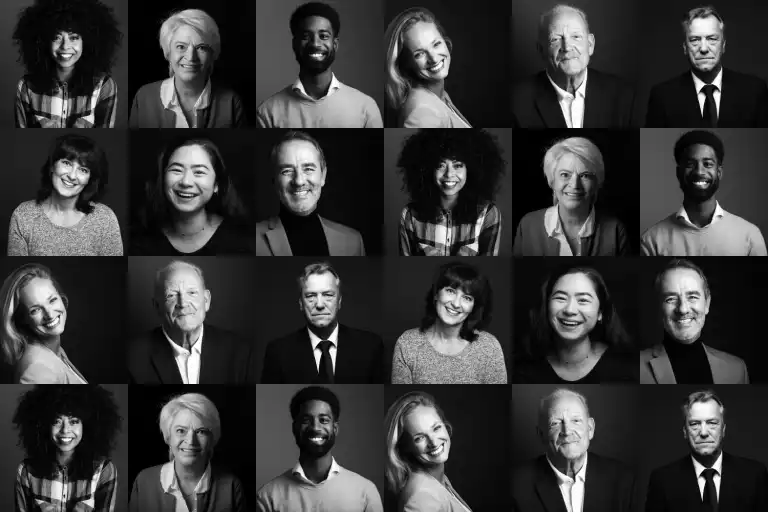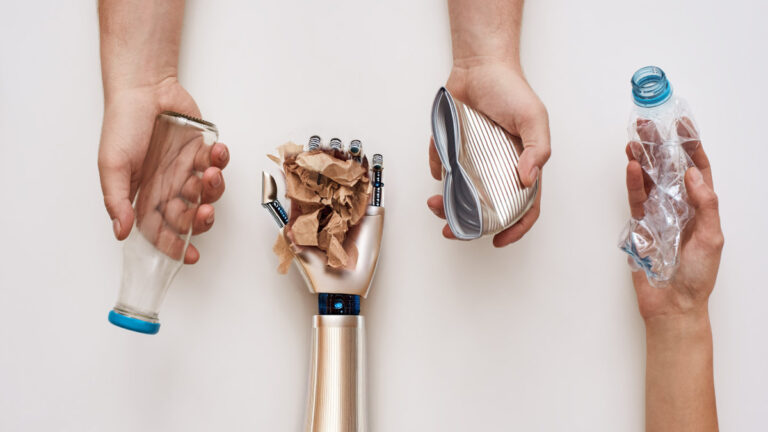The history of object detection has evolved from the early Viola-Jones algorithm to the revolutionary YOLO (You Only Look Once) method. This development has significantly enhanced our interactions with technology.

Image Labeling
Image labeling tags objects or features in images to help machine learning algorithms understand visual data. Our expert team uses top tools and techniques to deliver high-quality training data, ensuring accurate predictions and valuable insights.
The Initial Days of Object Detection
Training machines to recognize and identify objects in images has been a remarkable journey of development and learning within the broad field of computer vision. The interesting history of object detection, from the early days of Viola-Jones to the ultra-fast detection rate achieved by YOLO (You Only Look Once), has completely changed the way we relate with technology.
The history of object detection can be dated back to the early days of computer vision, when pioneers who had basic algorithms and an interest for knowledge set out to explore new territory. In the 1960s and 1970s, researchers established the foundations for object detection by developing different approaches such as template matching and edge detection.
However, their efforts encountered obstacles presented by differences in scale, approach, and setting. Researchers started to develop automated methods for object detection. First automated object detection algorithm was based on simple features such as edges and corners.

Viola-Jones Discovery
Paul Viola and Michael Jones‘ innovative discovery of the Viola-Jones algorithm in 2001 marked a turning point in the history of object detection. This innovative method used the Adaboost learning algorithm along with Haar-like characteristics (named after Alfred Haar who developed the concept of haar wavelets) to achieve rapid and precise detection of objects.
Viola-Jones brought in a new age of real-time face identification by successfully estimating basic rectangular patterns and arranging classifiers into a chain-like structure, which motivated later generations of researchers to do the same.
Developments in Deep Learning
The field of recognition of objects experienced a drastic change as the use of neural networks became more complicated and technological developments increased significantly.
The debut of AlexNet in 2012 marked a turning point in the field of computer vision research by demonstrating the powerful potential of deep learning for image grouping concerns. This important moment gave academics the confidence to explore the use of deep learning in the field of object recognition, indicating an evolution in the area.

What is Deep Learning?
Deep Learning is a subfield of Machine Learning, which itself falls under the broader umbrella of Artificial Intelligence. Deep Learning focuses on training artificial neural networks to perform tasks by learning from large amounts of data.
The Development of Faster R-CNN and R-CNN
In the years that followed, the field experienced the rise of region-based convolutional neural networks (R-CNN), which were developed by researchers led by Ross Girshick. Region suggestions were first offered by R-CNN, which used CNNs and selective search together to extract attributes.
By adding the Region Proposal Network (RPN) and expanding on this basic design, Faster R-CNN substantially increased efficiency and set the stage for real-time object recognition applications.
Introduction of YOLO
You Only Look Once (YOLO) became a disruptive force on the horizon of object detection in 2016. YOLO, developed by Joseph Redmon et al., revolutionized the discipline by presenting a unified neural network design capable of predicting object bounding boxes and estimating class probabilities at once.
This extensive approach enabled YOLO to achieve outstanding real-time performance while maintaining accuracy, propelling it to the front of object detection research. In the past three years, deep convolutional neural networks (DCNNs) have achieved promising results in detecting skin cancer.
Object Detection in Waste Management
One emerging use case for object detection is automated waste segregation. AI systems equipped with cameras and trained detection models can recognize materials like plastic, paper, metal, and glass as they move along conveyor belts. This enables robotic arms to sort recyclables with greater speed and accuracy than manual sorting.
Companies like AMP Robotics and ZenRobotics are applying these technologies in real-world facilities, reducing contamination and improving recycling rates.

Waste Segregation in the Age of AI
Waste Segregation in the Age of AI is taking center stage as urban growth and evolving consumption habits intensify the challenges of waste management. Traditional manual methods can no longer keep up, while AI offers a faster, more efficient solution if trained effectively.





